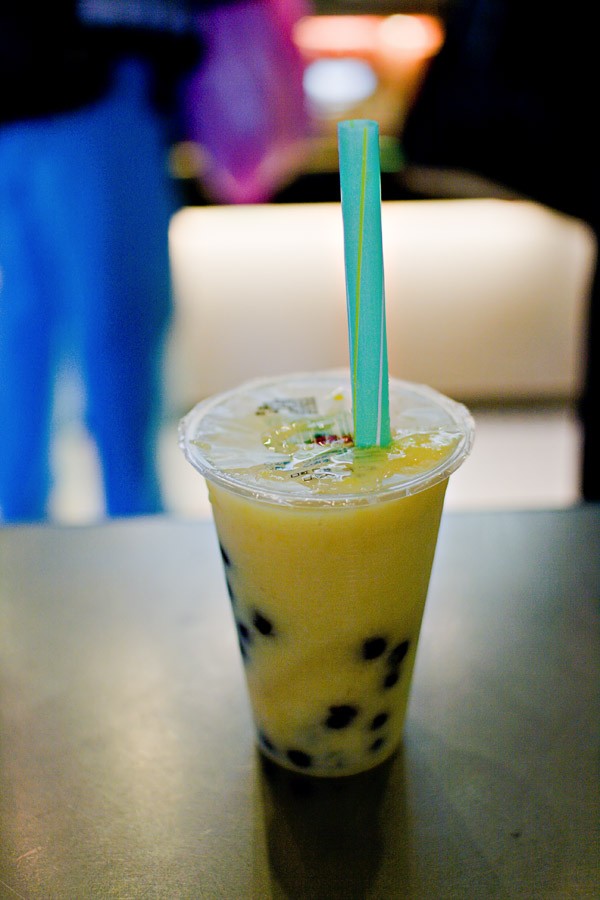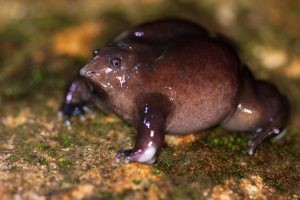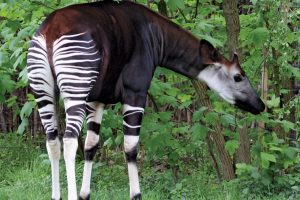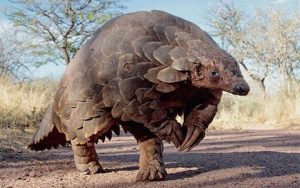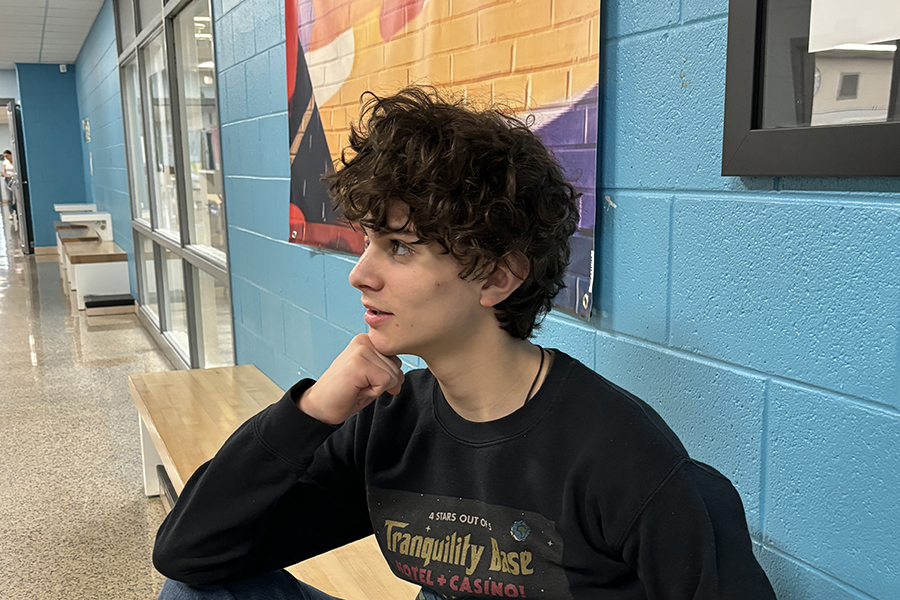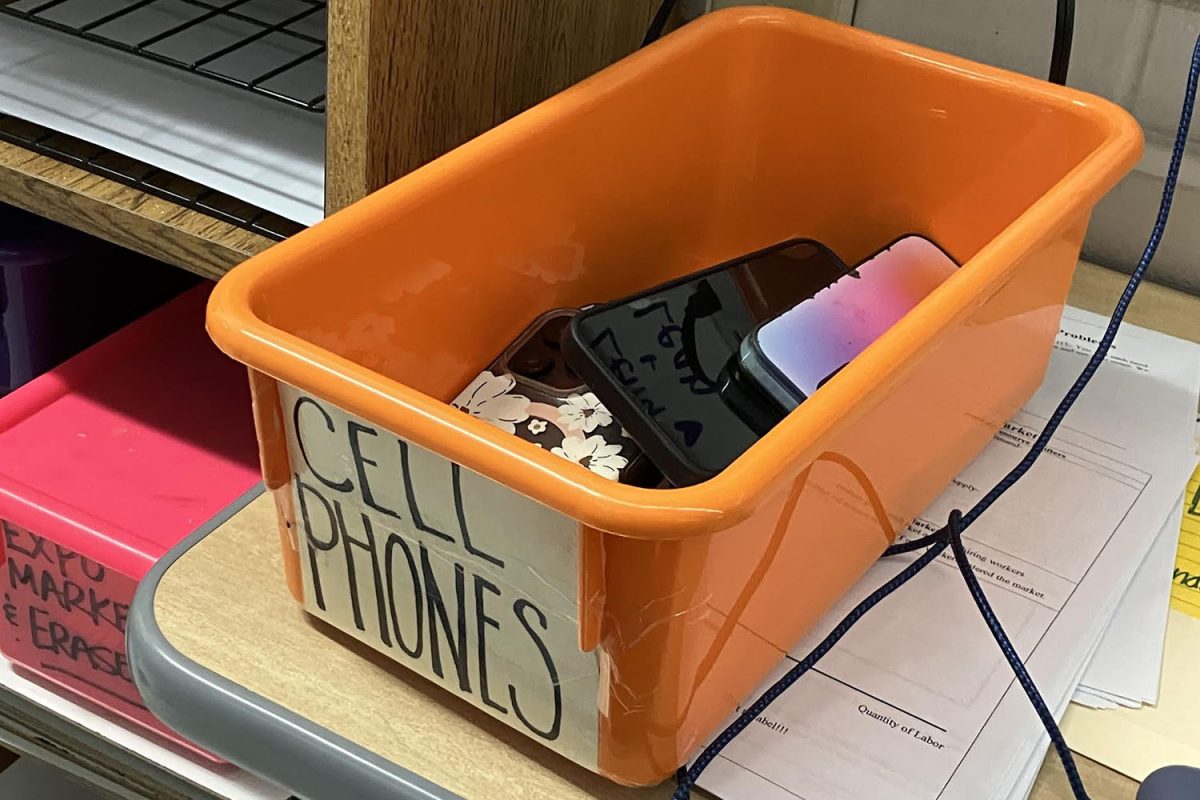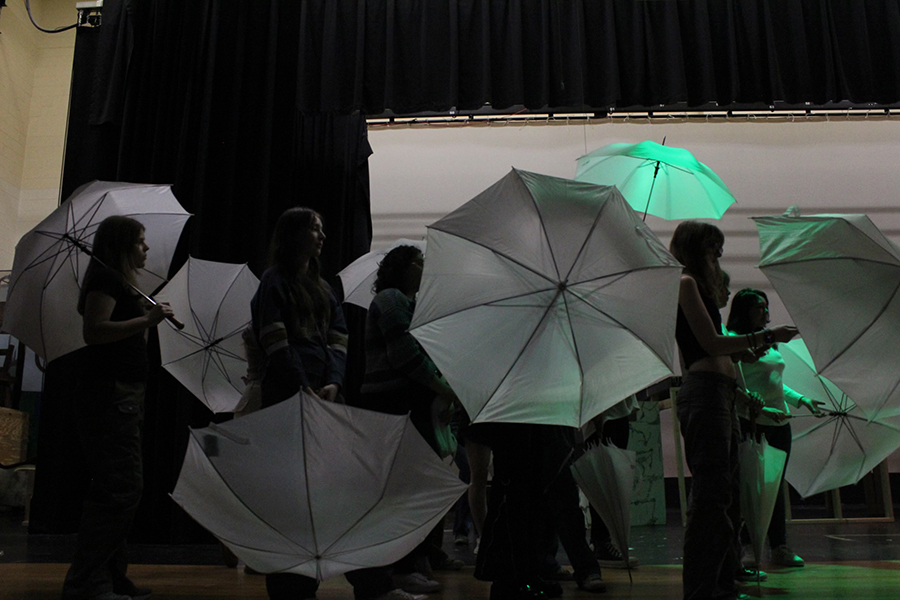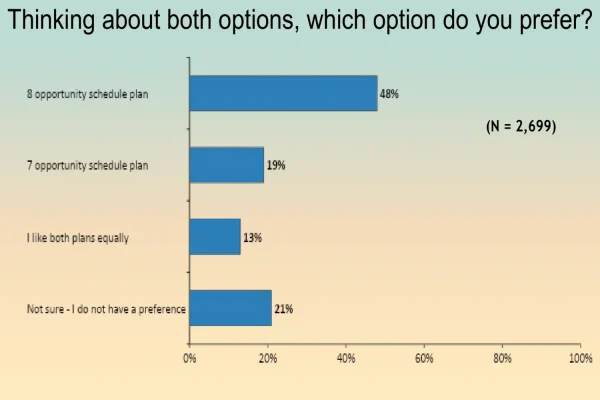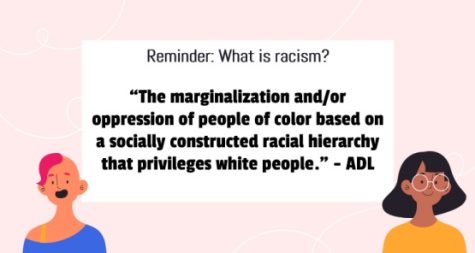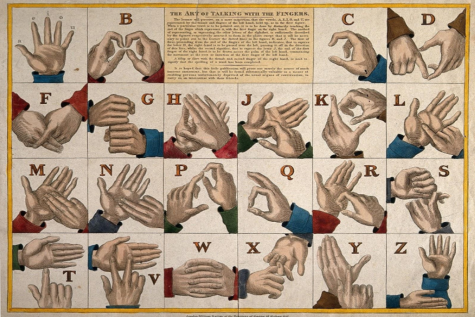Bubble Tea: Is It Too Hard to Swallow?
Credit: Josh Staiger
December 7, 2015
The thing about bubble tea that may give it a bad rep is that not many people understand how it works. There are several distinct types of bubble tea; the majority have a black or green tea base with milk and/or fruit flavoring added to it. However, most American bubble tea vendors sell the drink without any tea in it, making them akin to smoothies or juices. They come in dozens of flavors, from traditional strawberry or vanilla to exotic options like taro, lychee, and avocado. With all these options, it’s easy to find some kind of bubble tea to enjoy. Personally, I stick to the more typical milk or juice teas, but I love experimenting with a lot of fun fruit flavors.
One of the most unique features about bubble tea are the round, chewy tapioca pearls known as “boba” that are found at the bottom of the drink. Many might find these odd due to having a different consistency, but I personally love the way it distinguishes the texture of the drink. Just like the flavors, though, there are several substitutes. Remember those fruit poppers at Sweet Frog that go perfectly on some cake batter froyo? Those are a common substitute for boba, and they are delicious in bubble tea!
Our local area isn’t really notable for its bubble tea; as the drink originated in Taiwan, it’s much more commonly seen in areas with high Asian demographics. To grab a good bubble tea without flying halfway across the world, I recommend Bobalicious in Richmond and Norfolk–it’s got a great mix of traditional and adventurous options, selling slushies, smoothies, milk teas, and juice teas in all sorts of delicious flavors.



